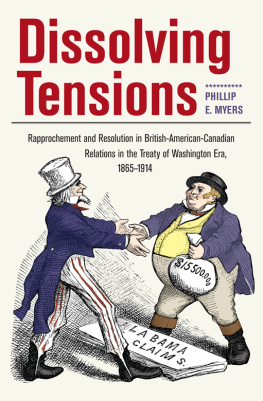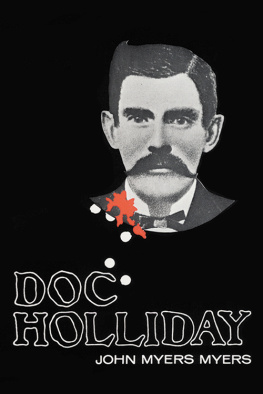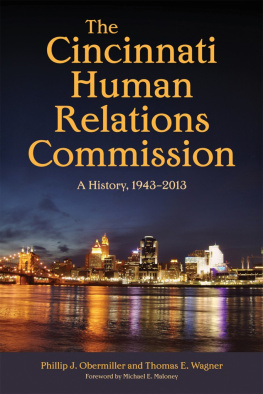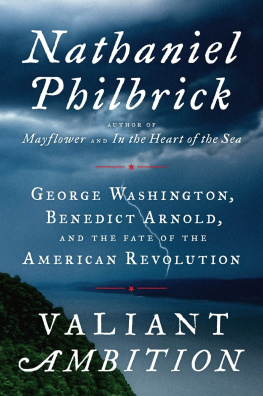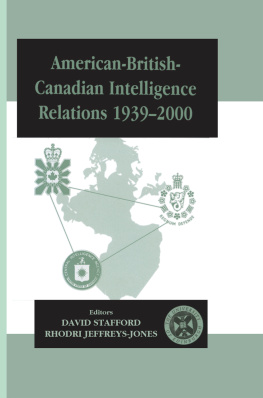Dissolving Tensions
NEW STUDIES IN U.S. FOREIGN RELATIONS
Mary Ann Heiss, editor
The Birth of Development: How the World Bank, Food and Agriculture Organization, and World Health Organization Changed the World, 19451965
AMY L. S. STAPLES
Colombia and the United States: The Making of an Inter-American Alliance, 19391960
BRADLEY LYNN COLEMAN
NATO and the Warsaw Pact: Intrabloc Conflicts
EDITED BY MARY ANN HEISS AND S. VICTOR PAPACOSMA
Caution and Cooperation: The American Civil War in British-American Relations
PHILLIP E. MYERS
The Will to Believe: Woodrow Wilson, World War I, and Americas Strategy for Peace and Security
ROSS A. KENNEDY
Leading Them to the Promised Land: Woodrow Wilson, Covenant Theology, and the Mexican Revolution, 19131915
MARK BENBOW
Modernity and National Identity in the United States and East Asia, 18951919
CAROL C. CHIN
Seeing Drugs: Modernization, Counterinsurgency, and U.S. Narcotics Control in the Third World, 19691976
DANIEL WEIMER
Safe for Decolonization: The Eisenhower Administration, Britain, and Singapore
S. R. JOEY LONG
Arguing Americanism: Franco Lobbyists, Roosevelts Foreign Policy, and the Spanish Civil War
MICHAEL E. CHAPMAN
Trilateralism and Beyond: Great Power Politics and the Korean Security Dilemma during and after the Cold War
EDITED BY ROBERT A. WAMPLER
NATO after Sixty Years: A Stable Crisis
EDITED BY JAMES SPERLING AND S. VICTOR PAPACOSMA
Uruguay and the United States, 19031929: Diplomacy in the Progressive Era
JAMES C. KNARR
Buried in the Sands of the Ogaden: The United States, the Horn of Africa, and the Demise of Dtente
LOUISE WOODROOFE
NATO before the Korean War: April 1949June 1950
LAWRENCE S. KAPLAN
Greek-American Relations from Monroe to Truman
ANGELO REPOUSIS
Informal Ambassadors: American Women, Transatlantic Marriages, and Anglo-American Relations, 18651945
DANA COOPER
Addressing America: George Washingtons Farewell and the Making of National Culture, Politics, and Diplomacy, 17961852
JEFFREY J. MALANSON
Dissolving Tensions: Rapprochement and Resolution in British-American-Canadian Relations in the Treaty of Washington Era, 18651914
PHILLIP E. MYERS
2015 by The Kent State University Press, Kent, Ohio 44242
ALL RIGHTS RESERVED
Library of Congress Catalog Card Number 2014049293
ISBN 978-1-60635-252-6
Manufactured in the United States of America
LIBRARY OF CONGRESS CATALOGING-IN-PUBLICATION DATA
Myers, Phillip E.
Dissolving tensions : rapprochement and resolution in British-American-Canadian relations in the Treaty of Washington era, 18651914 / Phillip E. Myers.
pages cm. (New studies in U.S. foreign relations)
Includes bibliographical references and index.
ISBN 978-1-60635-252-6 (hardcover : alk. paper)
1. United StatesForeign relationsGreat Britain. 2. Great BritainForeign relationsUnited States. 3. United StatesForeign relationsCanada. 4. CanadianForeign relationsUnited States. 5. United StatesForeign relations18651921. I. Title.
E183.8.G7M95 2015
327.73041dc23
2014049293
19 18 17 16 15 5 4 3 2 1
This book is the result of six years of research and writing and is the sequel to my Caution and Cooperation: The American Civil War in British-American Relations, which The Kent State University Press published in 2008. One point that became clear as this study progressed was that the diplomats left Civil War tensions behind in order to dissolve the remaining tensions while continuing to define the wartime rapprochement. The research and the way I have structured this book are meant to show that interpretations which believe there was a serious threat of a British-American war after 1865 that would no doubt have involved Canada was, in diplomats minds, impossible. Instead, I have found that the prewar and postwar rapprochement selected the opposite path of peace through traditional and newer diplomatic methods to resolve the tensions. In this way, the contingencies that marked the unfolding of a new era, together with the continuation of the British-American peace that had become clearer as the Civil War progressed, advanced the more civilized effect of comprehensive diplomacy that took six years to define itself and the new era that it created. This era was played out for three decades after 1865 and had notably dissolved the British-American-Canadian tensions by 1912.
This book could not have taken its present form without the comments of Professors Duncan Andrew Campbell, Neils Eichhorn, and Howard Jones. They convinced me that in what would have been the last two chapters that I was indeed beginning to write about something else. Those chapters have now been omitted, and their comments were correct in clarifying the density of my writing that I could not see without their guidance. I am thankful for the insightful copyediting of Michael Levine. Professor Mary Ann Heiss, the editor of this series at Kent State University Press, was supportive in her writing that complemented the comments of my colleagues. Megan Queen Campbell offered her interest and abiding friendship while creating her own consulting company. My wife Cathy was alongside and patiently shared the frustrations and elations of authorship, and our conversations helped me with a clearer understanding of British-American-Canadian relations than I had thought about. I dedicate this book to her. Joyce Harrison, the acquiring editor at Kent State University Press, simplified the process. My thanks go out to her and the staff at the Press. But any errors and oversights are my responsibility.
I also thank Lady Jane Clarendon, Dowager Countess of Clarendon, and her son, who are the trustees of the Papers of the Fourth Earl of Clarendon held at the Bodleian Library at Oxford University. I appreciate the permission of the University of Oklahoma Press for use of a map of the San Juan Water Boundary Dispute in one of its publications.

